A Human-in-the-Loop Study of Eye-Movement-Based Control for Workload Reduction in Delayed Teleoperation of Ground Vehicles
Abstract
1. Introduction
- (1)
- It aims to further investigate the impact of delay and transparency on operator workload during TGV teleoperation tasks using a multimodal evaluation approach, including subjective ratings, task performance, and physiological signals (e.g., ECG, GSR).
- (2)
- It seeks to quantitatively assess the proposed ePTGC framework’s effect on operator workload and overall teleoperation task performance.
2. Related Work
2.1. Workload Assessment Research in Teleoperated Robotics
2.2. Workload Assessment in Teleoperated Ground Vehicle Tasks
2.3. Summary
3. Eye-Movement-Based Predicted Trajectory Guidance Control Framework
4. Methodology
4.1. Apparatus
4.2. Participants
4.3. Experimental Design
4.3.1. Test Road
4.3.2. Experimental Procedure
4.4. Data Preprocessing and Data Description
4.4.1. Subjective Workload-Related Dependent Variables
4.4.2. Task Performance-Related Dependent Variables
4.4.3. Physiological Measure Related Dependent Variables
5. Results and Discussion
5.1. Task Performance
5.1.1. Primary Task
5.1.2. Secondary Task
5.2. Subjective Workload
5.3. Physiological Measure
5.4. Overall Workload Analysis
6. Conclusions
Author Contributions
Funding
Institutional Review Board Statement
Informed Consent Statement
Data Availability Statement
Conflicts of Interest
Appendix A. Calculation Example of Normalized Improvement Metrics
| Subject_id | Delay Level | Control Method | |||||
|---|---|---|---|---|---|---|---|
| 1 | 200 | DC | 0.439 | 0.615 | 1.306 | 1.455 | 1.381 |

Appendix B. Results of GLMM Fixed Effects
| Metric | Fixed Factors | DF | F | p |
|---|---|---|---|---|
| D2C | Delay Level | 2 | 62.7 | 0.000 |
| Control Method | 1 | 76.3 | 0.000 | |
| Delay Level × Control Method | 1 | 33.3 | 0.000 | |
| H2C | Delay Levellevel | 2 | 57.8 | 0.000 |
| Control Method | 1 | 24.3 | 0.000 | |
| Delay Level × Control Method | 1 | 35.2 | 0.000 | |
| TCT | Delay Level | 2 | 29.9 | 0.000 |
| Control Method | 1 | 84.4 | 0.000 | |
| Delay Level × Control Method | 1 | 16.7 | 0.000 |
| Metric | Fixed Factors | DF | F | p |
|---|---|---|---|---|
| Accuracy | Delay Level | 2 | 15.3 | 0.000 |
| Control Method | 1 | 59.0 | 0.000 | |
| Delay Level × Control Method | 1 | 6.1 | 0.016 | |
| Response Time | Delay Level | 2 | 5.3 | 0.007 |
| Control Method | 1 | 42.9 | 0.000 | |
| Delay Level ×Control Method | 1 | 0.2 | 0.657 |
| Metric | Fixed Factors | DF | F | p |
|---|---|---|---|---|
| Mental Demand | Delay Level | 2 | 28.1 | 0.000 |
| Control Method | 1 | 87.0 | 0.000 | |
| Delay Level × Control Method | 1 | 0.8 | 0.362 | |
| Physical Demand | Delay Level | 2 | 20.6 | 0.000 |
| Control Method | 1 | 75.7 | 0.000 | |
| Delay Level × Control Method | 1 | 0.99 | 0.323 | |
| Temporal Demand | Delay Level | 2 | 25.9 | 0.000 |
| Control Method | 1 | 74.0 | 0.000 | |
| Delay Level × Control Method | 1 | 1.3 | 0.252 | |
| Performance | Delay Level | 2 | 20.1 | 0.000 |
| Control Method | 1 | 57.5 | 0.000 | |
| Delay Level × Control Method | 1 | 4.0 | 0.049 | |
| Effort | Delay Level | 2 | 23.3 | 0.000 |
| Control Method | 1 | 82.9 | 0.000 | |
| Delay Level × Control Method | 1 | 0.7 | 0.410 | |
| Frustration | Delay Level | 2 | 26.7 | 0.000 |
| Control Method | 1 | 75.3 | 0.000 | |
| Delay Level × Control Method | 1 | 3.5 | 0.067 | |
| Score | Delay Level | 2 | 27.9 | 0.000 |
| Control Method | 1 | 90.0 | 0.000 | |
| Delay Level × Control Method | 1 | 2.1 | 0.155 |
| Metric | Fixed Factors | DF | F | p |
|---|---|---|---|---|
| PEDA | Delay Level | 2 | 50.59 | 0.000 |
| Control Method | 1 | 76.07 | 0.000 | |
| Delay Level × Control Method | 1 | 9.76 | 0.002 | |
| PECG | Delay Level | 2 | 15.90 | 0.000 |
| Control Method | 1 | 121.20 | 0.000 | |
| Delay Level × Control Method | 1 | 4.08 | 0.046 |
References
- Wang, Z.; Chen, Z.; Zhang, Y.; Yu, X.; Wang, X.; Liang, B. Adaptive finite-time control for bilateral teleoperation systems with jittering time delays. Int. J. Robust Nonlinear Control. 2019, 29, 1007–1030. [Google Scholar] [CrossRef]
- Chae, Y.; Gupta, S.; Ham, Y. Divergent effects of visual interfaces on teleoperation for challenging jobsite environments. Autom. Constr. 2024, 167, 105683. [Google Scholar] [CrossRef]
- Coloma, S.; Martinez, C.; Yalçın, B.C.; Olivares-Mendez, M.A. Enhancing Rover Teleoperation on the Moon with Proprioceptive Sensors and Machine Learning Techniques. IEEE Robot. Autom. Lett. 2022, 7, 11434–11441. [Google Scholar] [CrossRef]
- Leonardis, D.; Gabardi, M.; Marcheschi, S.; Barsotti, M.; Porcini, F.; Chiaradia, D.; Frisoli, A. Hand Teleoperation with Combined Kinaesthetic and Tactile Feedback: A Full Upper Limb Exoskeleton Interface Enhanced by Tactile Linear Actuators. Robotics 2024, 13, 119. [Google Scholar] [CrossRef]
- Hang, P.; Lv, C.; Xing, Y.; Huang, C.; Hu, Z. Human-Like Decision Making for Autonomous Driving: A Noncooperative Game Theoretic Approach. IEEE Trans. Intell. Transp. Syst. 2021, 22, 2076–2087. [Google Scholar] [CrossRef]
- Yao, Z.; Zhu, Q.; Zhang, Y.; Huang, H.; Luo, M. Minimizing Long-Term Energy Consumption in RIS-Assisted AAV-Enabled MEC Network. IEEE Internet Things J. 2025, 12, 20942–20958. [Google Scholar] [CrossRef]
- Zheng, Y.; Brudnak, M.J.; Jayakumar, P.; Stein, J.L.; Ersal, T. A Delay Compensation Framework for Predicting Heading in Teleoperated Ground Vehicles. IEEE/ASME Trans. Mechatron. 2019, 24, 2365–2376. [Google Scholar] [CrossRef]
- Yeon, C.; Gupta, S.; Ham, Y. Design and Evaluation of Human-Centered Visualization Interfaces in Construction Teleoperation. In Proceedings of the Construction Research Congress, Des Moines, IA, USA, 20–23 March 2024; Volume 4, pp. 109–118. [Google Scholar]
- Zhao, L.; Nybacka, M.; Aramrattana, M.; Rothhämel, M.; Habibovic, A.; Drugge, L.; Jiang, F. Remote Driving of Road Vehicles: A Survey of Driving Feedback, Latency, Support Control, and Real Applications. IEEE Trans. Intell. Veh. 2024, 9, 6086–6107. [Google Scholar] [CrossRef]
- Kamtam, S.B.; Lu, Q.; Bouali, F.; Haas, O.C.L.; Birrell, S. Network Latency in Teleoperation of Connected and Autonomous Vehicles: A Review of Trends, Challenges, and Mitigation Strategies. Sensors 2024, 24, 3957. [Google Scholar] [CrossRef]
- Prakash, J.; Vignati, M.; Sabbioni, E. Performance of Successive Reference Pose Tracking vs Smith Predictor Approach for Direct Vehicle Teleoperation Under Variable Network Delays. IEEE Trans. Veh. Technol. 2024, 73, 4636–4645. [Google Scholar] [CrossRef]
- Zhang, H.; Song, A.; Li, H.; Chen, D.; Fan, L. Adaptive Finite-Time Control Scheme for Teleoperation with Time-Varying Delay and Uncertainties. IEEE Trans. Syst. Man Cybern. Syst. 2022, 52, 1552–1566. [Google Scholar] [CrossRef]
- Jernberg, C.; Sandin, J.; Ziemke, T.; Andersson, J. The effect of latency, speed and task on remote operation of vehicles. Transp. Res. Interdiscip. Perspect. 2024, 26, 101152. [Google Scholar] [CrossRef]
- Matheson, A.; Donmez, B.; Rehmatullah, F.; Jasiobedzki, P.; Ng, H.-K.; Panwar, V.; Li, M. The effects of predictive displays on performance in driving tasks with multi-second latency: Aiding tele-operation of lunar rovers. In Proceedings of the Human Factors and Ergonomics Society Annual Meeting, San Diego, CA, USA, 30 September–4 October 2013; pp. 21–25. [Google Scholar] [CrossRef]
- Chen, J.Y.C.; Haas, E.C.; Barnes, M.J. Human performance issues and user interface design for teleoperated robots. IEEE Trans. Syst. Man Cybern. Part C Appl. Rev. 2007, 37, 1231–1245. [Google Scholar] [CrossRef]
- Neumeier, S.; Wintersberger, P.; Frison, A.-K.; Becher, A.; Facchi, C.; Riener, A. Teleoperation: The Holy Grail to solve problems of automated driving? Sure, but latency matters. In Proceedings of the 11th International ACM Conference on Automotive User Interfaces and Interactive Vehicular Applications, Utrecht, The Netherlands, 21–25 September 2019; pp. 186–197. [Google Scholar] [CrossRef]
- Brudnak, M.J. Predictive displays for high latency teleoperation. In Proceedings of the 2016 NDIA Ground Vehicle Systems Engineering and Technology Symposium, Novi, MI, USA, 2–4 August 2016. [Google Scholar]
- Woods, D.; Tittle, J.; Feil, M.; Roesler, A. Envisioning human–robot coordination in future operations. IEEE Trans. Syst. Man Cybern. Part C Appl. Rev. 2004, 34, 210–218. [Google Scholar] [CrossRef]
- Yanco, H.; Drury, J. “Where am i?” Acquiring situation awareness using a remote robot platform. In Proceedings of the 2004 IEEE International Conference on Systems, Man and Cybernetics (IEEE Cat. No.04CH37583), The Hague, The Netherlands, 10–13 October 2004; pp. 2835–2840. [Google Scholar] [CrossRef]
- Zheng, Y.; Brudnak, M.J.; Jayakumar, P.; Stein, J.L.; Ersal, T. Evaluation of a Predictor-Based Framework in High-Speed Teleoperated Military UGVs. IEEE Trans. Hum. Mach. Syst. 2020, 50, 561–572. [Google Scholar] [CrossRef]
- Zhang, Q.; Xu, Z.; Wang, Y.; Yang, L.; Song, X.; Huang, Z. Predicted Trajectory Guidance Control Framework of Teleoperated Ground Vehicles Compensating for Delays. IEEE Trans. Veh. Technol. 2023, 72, 11264–11274. [Google Scholar] [CrossRef]
- Zhang, Q.; Yang, L.; Huang, Z.; Song, X. A Delay Compensation Framework Based on Eye-Movement for Teleoperated Ground Vehicles. IEEE Trans. Veh. Technol. 2025, 74, 390–401. [Google Scholar] [CrossRef]
- Pangabean, R.K.; Junita, A.; Miraza, Z. The Impact of Stress and Workload on Human Performance in Robot Teleoperation Tasks. J. Adm. Bisnis. 2024, 13, 19–30. [Google Scholar] [CrossRef]
- Das Chakladar, D.; Roy, P.P. Cognitive workload estimation using physiological measures: A review. Cogn. Neurodyn. 2023, 18, 1445–1465. [Google Scholar] [CrossRef]
- Rubio, S.; Diaz, E.; Martin, J.; Puente, J.M. Evaluation of Subjective Mental Workload: A Comparison of SWAT, NASA-TLX, and Workload Profile Methods. Appl. Psychol. 2004, 53, 61–86. [Google Scholar] [CrossRef]
- Mehler, B.B.; Reimer, B.; Dusek, J.A. MIT AgeLab Delayed Digit Recall Task; The Massachusetts Institute of Technology: Cambridge, MA, USA, 2011. [Google Scholar]
- Hao, S.; Zhang, L.; Hou, R.; Lau, S.S.Y. Research on the physiological and psychological impacts of extraordinary nature on emotions and restorative effects for young adults. J. Environ. Psychol. 2024, 97, 102345. [Google Scholar] [CrossRef]
- Yi, B.; Cao, H.; Song, X.; Zhao, S.; Guo, W.; Li, M. How to identify the take-over criticality in conditionally automated driving? An examination using drivers’ physiological parameters and situational factors. Transp. Res. Part F Traffic Psychol. Behav. 2021, 85, 161–178. [Google Scholar] [CrossRef]
- Lantieri, C.; Acerra, E.M.; Pazzini, M.; Simone, A.; Di Flumeri, G.; Borghini, G.; Babiloni, F.; Aricò, P.; Lanzi, P.; Vignali, V. The Impact of Adaptive Cruise Control on the Drivers’ Workload and Attention. IEEE Access 2024, 12, 158824–158836. [Google Scholar] [CrossRef]
- Timman, S.; Landgraf, M.; Haskamp, C.; Lizy-Destrez, S.; Dehais, F. Effect of time-delay on lunar sampling tele-operations: Evidences from cardiac, ocular and behavioral measures. Appl. Ergon. 2023, 107, 103910. [Google Scholar] [CrossRef] [PubMed]
- Zhang, G.; Hedegaard, S.; Oliver, H.; Behrens, R.; Paulin, J. Saccade response testing during teleoperations with a head-mounted display. Cogn. Technol. Work 2024, 26, 127–138. [Google Scholar] [CrossRef]
- Nenna, F.; Zanardi, D.; Gamberini, L. Enhanced Interactivity in VR-based Telerobotics: An Eye-tracking Investigation of Human Performance and Workload. Int. J. Hum. Comput. Stud. 2023, 177, 103079. [Google Scholar] [CrossRef]
- Seo, M.; Gupta, S.; Ham, Y. Evaluation of Work Performance, Task Load, and Behavior Changes on Time-Delayed Teleoperation Tasks in Space Construction. In Proceedings of the Construction Research Congress, Des Moines, IO, USA, 20–23 March 2024; pp. 89–98. [Google Scholar]
- Dybvik, H.; Løland, M.; Gerstenberg, A.; Slåttsveen, K.B.; Steinert, M. A low-cost predictive display for teleoperation: Investigating effects on human performance and workload. Int. J. Hum. Comput. Stud. 2021, 145, 102536. [Google Scholar] [CrossRef]
- Guo, Y.; Freer, D.; Deligianni, F.; Yang, G.-Z. Eye-Tracking for Performance Evaluation and Workload Estimation in Space Telerobotic Training. IEEE Trans. Hum. Mach. Syst. 2022, 52, 1–11. [Google Scholar] [CrossRef]
- Seo, M.; Gupta, S.; Ham, Y. Exploratory study on time-delayed excavator teleoperation in virtual lunar construction simulation: Task performance and operator behavior. Autom. Constr. 2024, 168, 105871. [Google Scholar] [CrossRef]
- Lim, T.; Hwang, M.; Byeon, J.; An, J.; Park, S.; Cha, H.; Yoon, S.; Kim, E. Communication Delay Thresholds for Effective Teleoperation in a Mobility System. Int. J. Hum. Comput. Interact. 2025, 1–17. [Google Scholar] [CrossRef]
- Lu, S.; Zhang, M.Y.; Ersal, T.; Yang, X.J. Workload Management in Teleoperation of Unmanned Ground Vehicles: Effects of a Delay Compensation Aid on Human Operators’ Workload and Teleoperation Performance. Int. J. Hum. Comput. Interact. 2019, 35, 1820–1830. [Google Scholar] [CrossRef]
- Yang, E.; Dorneich, M.C. The Emotional, Cognitive, Physiological, and Performance Effects of Variable Time Delay in Robotic Teleoperation. Int. J. Soc. Robot. 2017, 9, 491–508. [Google Scholar] [CrossRef]
- Musicant, O.; Botzer, A.; Shoval, S. Effects of simulated time delay on teleoperators’ performance in inter-urban conditions. Transp. Res. Part F Traffic Psychol. Behav. 2022, 92, 220–237. [Google Scholar] [CrossRef]
- Luo, R.; Weng, Y.; Jayakumar, P.; Brudnak, M.J.; Paul, V.; Desaraju, V.R.; Stein, J.L.; Ersal, T.; Yang, X.J. Real-Time Workload Estimation Using Eye Tracking: A Bayesian Inference Approach. Int. J. Hum. Comput. Interact. 2024, 40, 4042–4057. [Google Scholar] [CrossRef]
- Musicant, O.; Botzer, A.; Richmond-Hacham, B. Safety, Efficiency, and Mental Workload in Simulated Teledriving of a Vehicle as Functions of Camera Viewpoint. Sensors 2024, 24, 6134. [Google Scholar] [CrossRef] [PubMed]
- Smith, A.C.; Hashtrudi-Zaad, K. Smith predictor type control architectures for time delayed teleoperation. Int. J. Robot. Res. 2006, 25, 797–818. [Google Scholar] [CrossRef]
- Graf, G.; Xu, H.; Schitz, D.; Xu, X. Improving the prediction accuracy of predictive displays for teleoperated autonomous vehicles. In Proceedings of the 2020 6th International Conference on Control, Automation and Robotics (ICCAR), Singapore, 20–23 April 2020; pp. 440–445. [Google Scholar]
- Thomas, C.; Yi, S.; Meadows, S.; Sherrill, R. Adaptive Smith Predictor for Teleoperation of UAVs with Time-varying Internet Delay. Int. J. Control Autom. Syst. 2020, 18, 1465–1473. [Google Scholar] [CrossRef]
- Zheng, Y.; Brudnak, M.J.; Jayakumar, P.; Stein, J.L.; Ersal, T. A Predictor-Based Framework for Delay Compensation in Networked Closed-Loop Systems. IEEE/ASME Trans. Mechatron. 2018, 23, 2482–2493. [Google Scholar] [CrossRef]
- Testouri, M.; Elghazaly, G.; Hawlader, F.; Frank, R.; Mar, E.T. 5G-Enabled Teleoperated Driving: An Experimental Evaluation. ArXiv 2025, arXiv:2503.14186. [Google Scholar]
- Li, C.; Tang, Y.; Zheng, Y.; Jayakumar, P.; Ersal, T. Modeling Human Steering Behavior in Teleoperation of Unmanned Ground Vehicles with Varying Speed. Hum. Factors 2022, 64, 589–600. [Google Scholar] [CrossRef]
- Yi, B.; Cao, H.; Song, X.; Wang, J.; Zhao, S.; Guo, W.; Cao, D. How Can the Trust-Change Direction be Measured and Identified During Takeover Transitions in Conditionally Automated Driving? Using Physiological Responses and Takeover-Related Factors. Hum. Factors 2024, 66, 1276–1301. [Google Scholar] [CrossRef]
- Lascurain-Aguirrebeña, I.; Newham, D.J.; Galindez-Ibarbengoetxea, X.; Casado-Zumeta, X.; Lertxundi, A.; Critchley, D.J. Association between sympathoexcitatory changes and symptomatic improvement following cervical mobilisations in participants with neck pain. A double blind placebo controlled trial. Musculoskelet. Sci. Pract. 2019, 42, 90–97. [Google Scholar] [CrossRef]
- Yi, B.; Cao, H.; Song, X.; Wang, J.; Guo, W.; Huang, Z. How human-automation interaction experiences, trust propensity and dynamic trust affect drivers’ physiological responses in conditionally automated driving: Moderated moderated-mediation analyses. Transp. Res. Part F Traffic Psychol. Behav. 2023, 94, 133–150. [Google Scholar] [CrossRef]
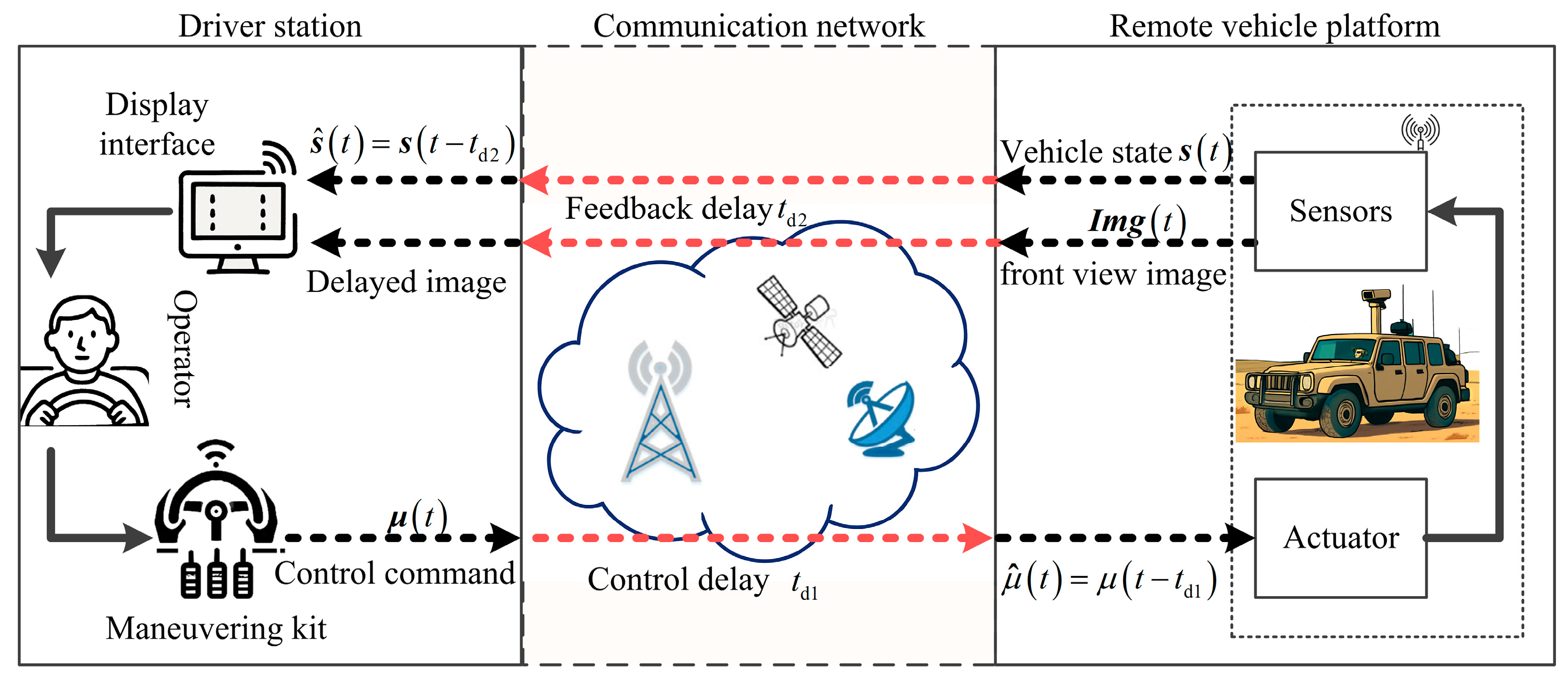
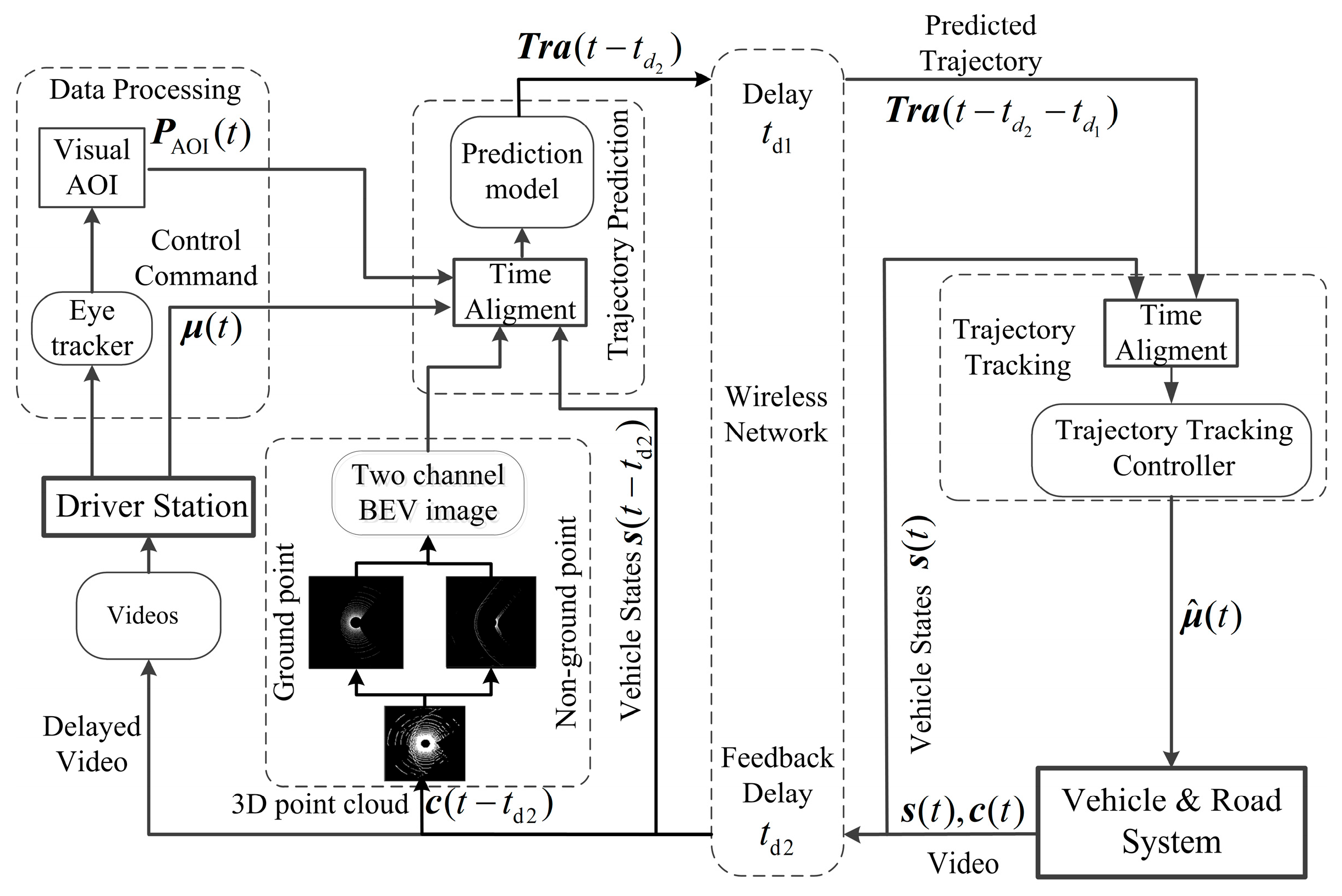
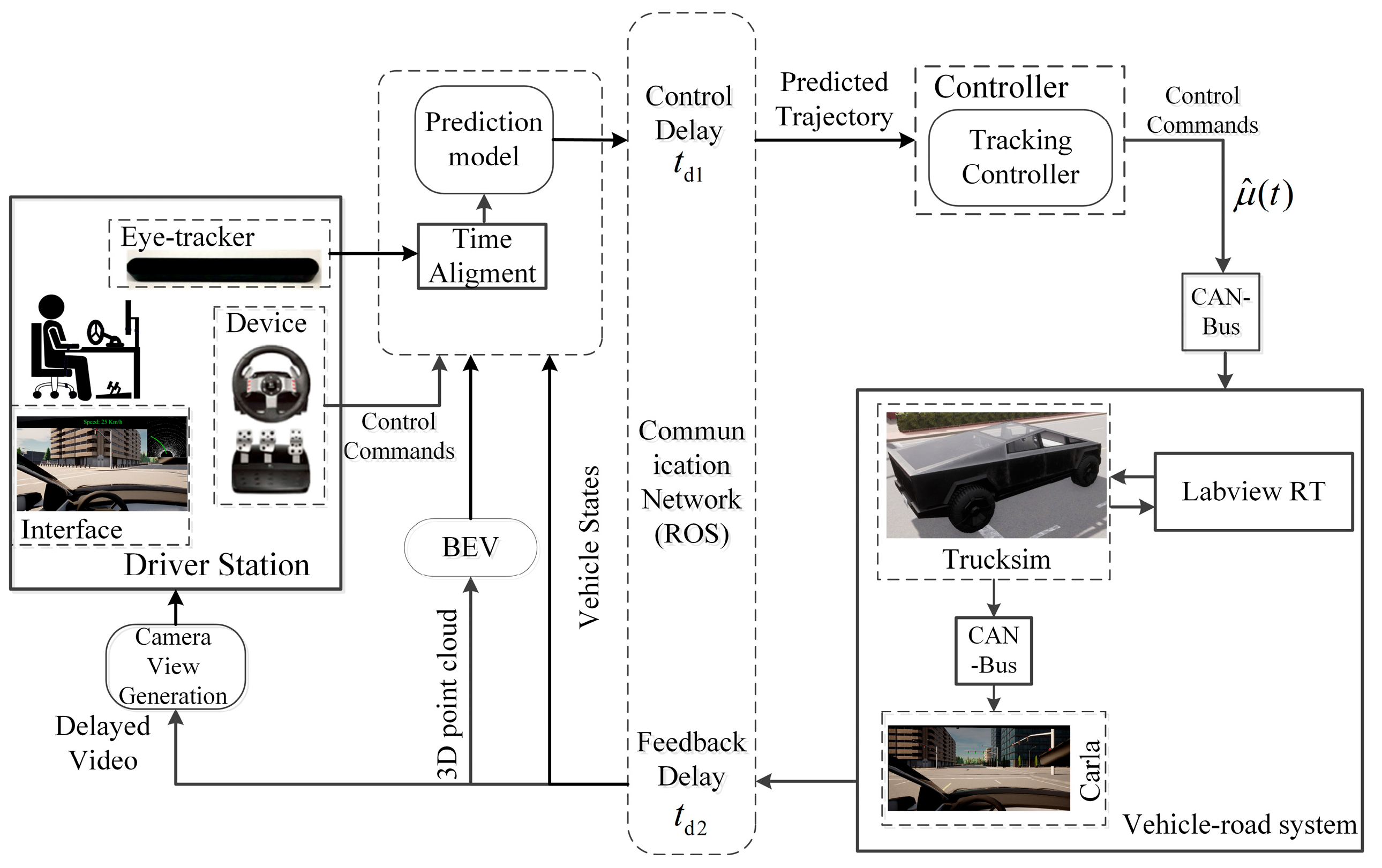




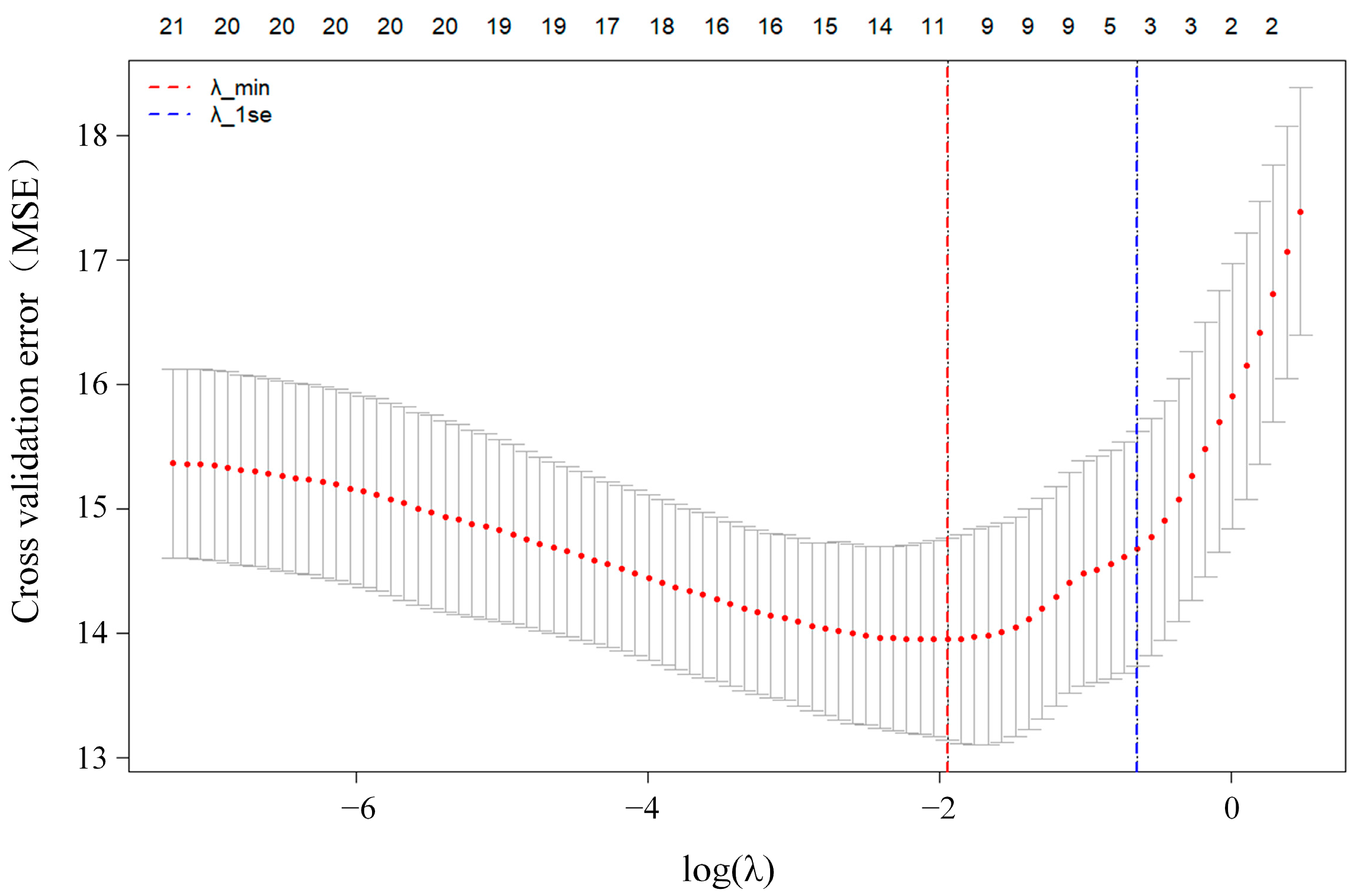
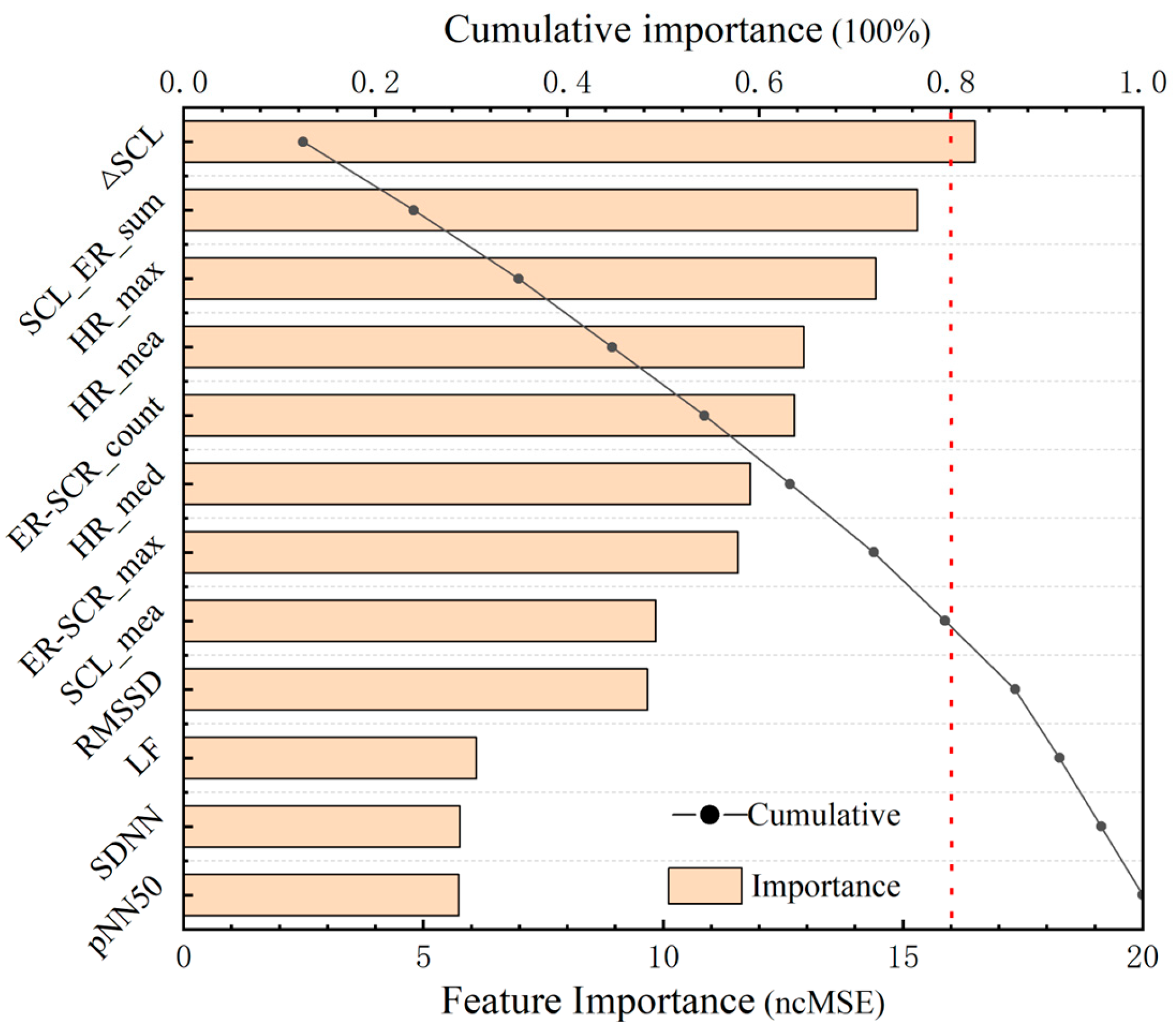
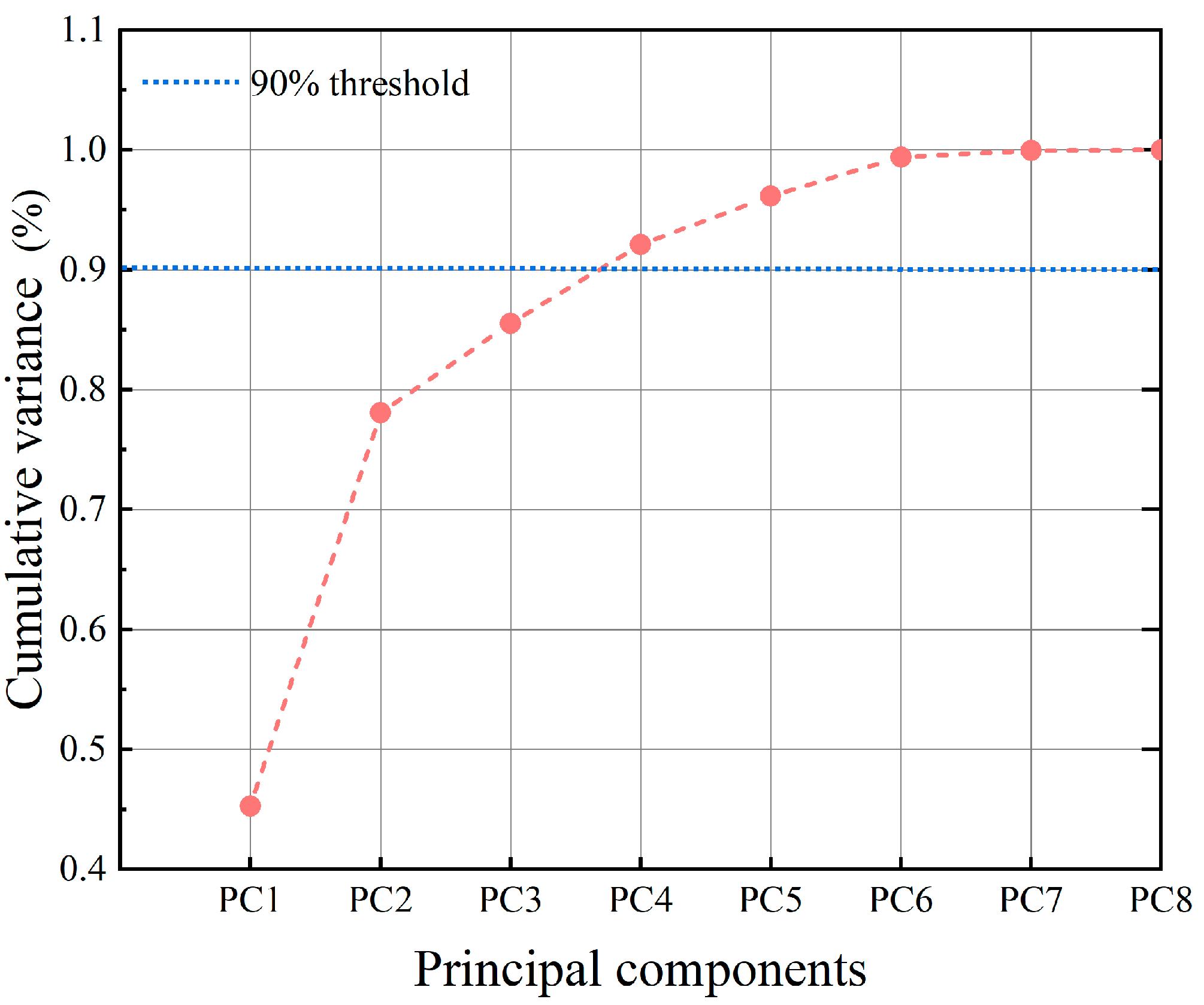
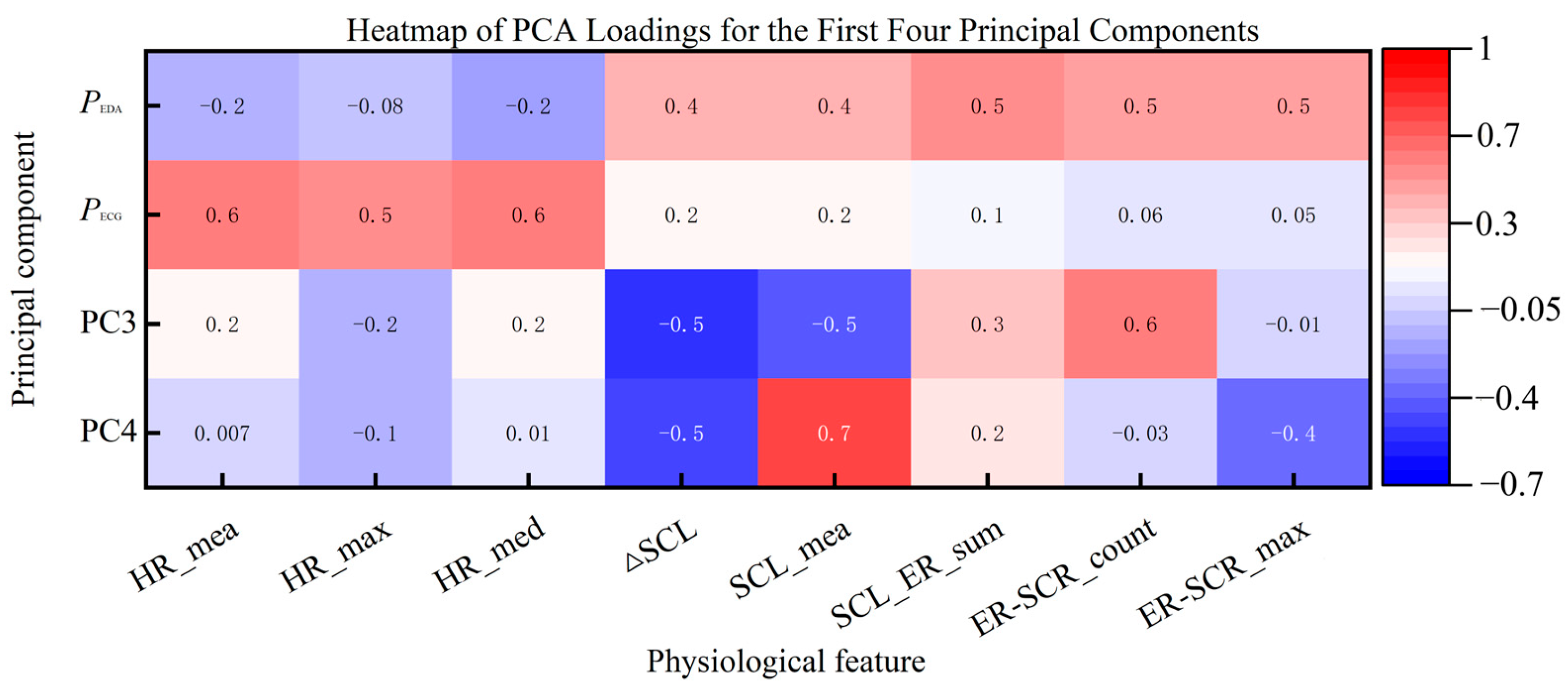

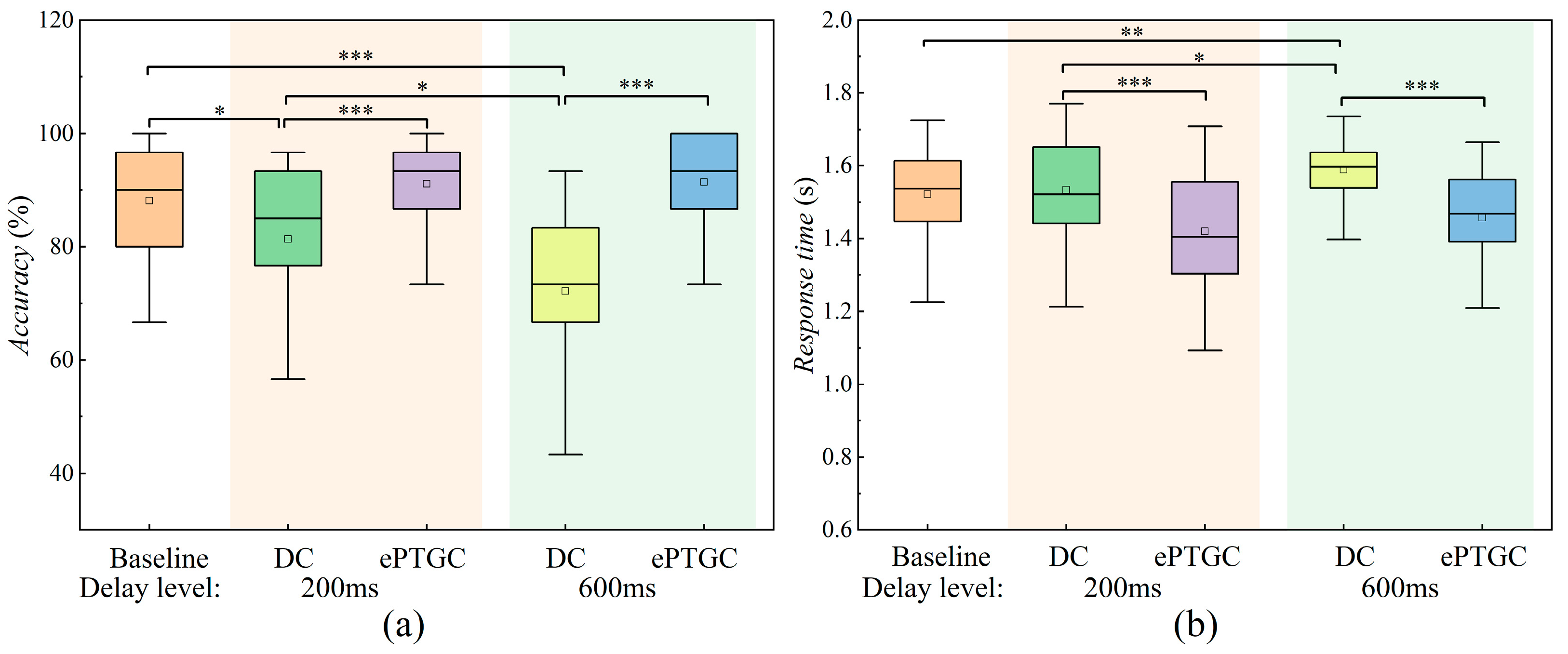
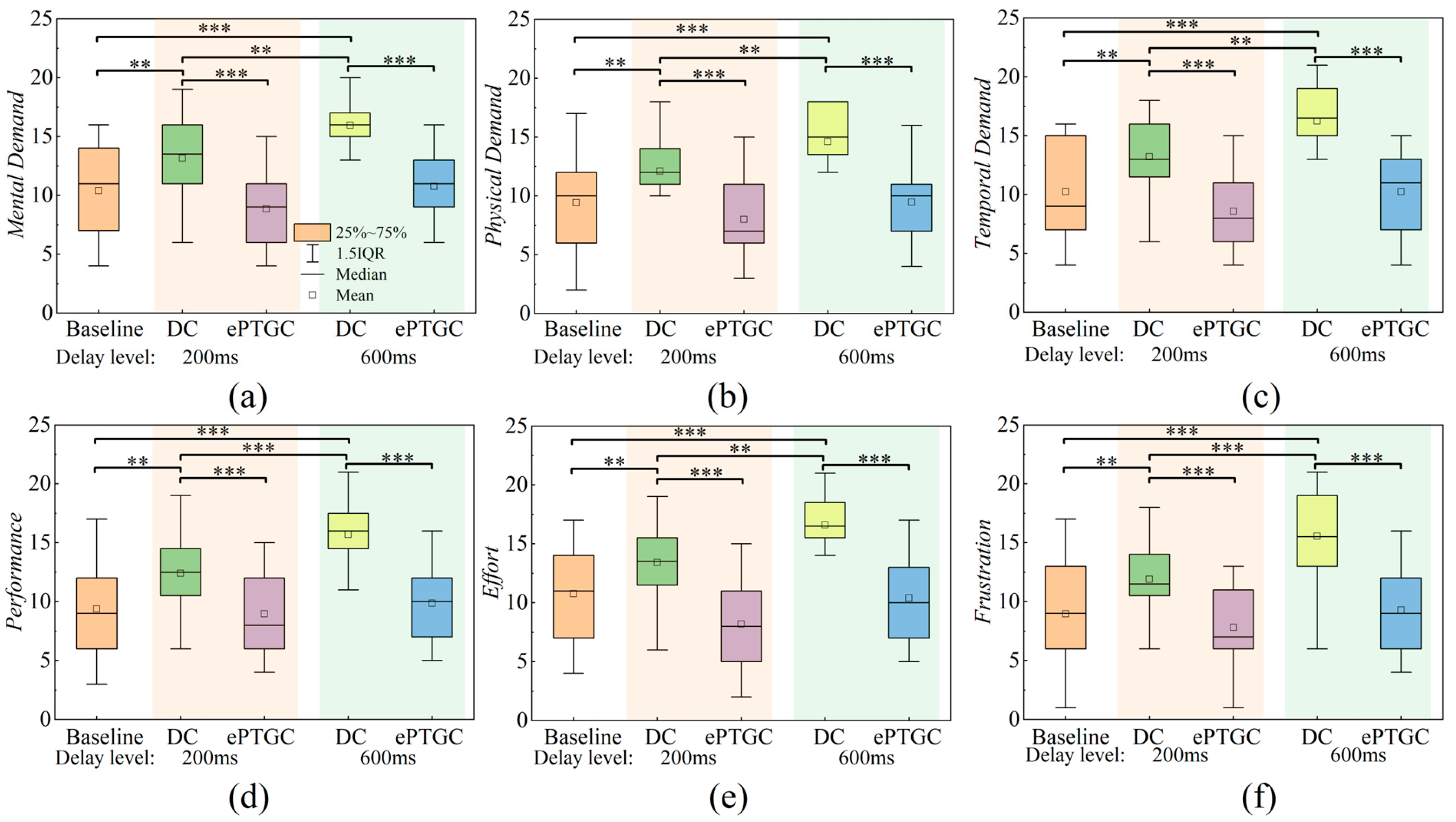


| Features | Unit | Clarification |
|---|---|---|
| HR_mea | bpm | The average heart rate measured during a single task is usually expressed as beats per minute (bpm). It reflects the overall level of cardiac activity and is regulated by the autonomic nervous system |
| HR_max | bpm | Highest heart rate value measured during a task period |
| HR_med | bpm | Median value of heart rate measured during a mission |
| △SCL | µS (microsiemens) | The range of skin conductance level (SCL) variation during a task session |
| SCL_mea | µS | Average of SCL during a task session |
| SCL_ER_sum | µS | The cumulative amplitude of skin conductance level (SCL) responses corresponding to event-related skin conductance responses (ER-SCRs) during a task session |
| ER-SCR_count | The total count of ER-SCRs during a task session | |
| ER-SCR_max | µS | The peak ER-SCR amplitude observed during the task session. |
| Tasks | Metrics | N | Baseline | Delay 200 ms | Delay 600 ms | ||
|---|---|---|---|---|---|---|---|
| DC | ePTGC | DC | ePTGC | ||||
| Primary task | D2C (m2) | 205 | 1033 ± 342 | 1322 ± 521 | 1109 ± 312 | 2305 ± 732 | 1259 ± 297 |
| H2C (rad × m) | 205 | 65.8 ± 15.8 | 77.8 ± 22.2 | 80.8 ± 16.2 | 116.5 ± 28.8 | 83.7 ± 11.5 | |
| TCT (s) | 205 | 59.6 ± 6.3 | 64.1 ± 7.7 | 58.7 ± 4.0 | 74.0 ± 9.5 | 60.0 ± 4.3 | |
| Secondary task | Accuracy (%) | 205 | 88.10 ± 9.6 | 81.35 ± 16.3 | 91.06 ± 8.8 | 72.14 ± 15.2 | 91.38 ± 9.4 |
| Response Time (s) | 205 | 1.52 ± 0.12 | 1.53 ± 0.14 | 1.42 ± 0.17 | 1.59 ± 0.10 | 1.46 ± 0.13 | |
| Subjective workload | Mental Demand | 206 | 10.3 ± 3.8 | 13.2 ± 3.4 | 8.9 ± 3.2 | 16.0 ± 2.9 | 10.8 ± 3.1 |
| Physical Demand | 206 | 9.4 ± 3.8 | 12.1 ± 3.3 | 8.0 ± 3.4 | 14.6 ± 3.8 | 9.5 ± 3.1 | |
| Temporal Demand | 206 | 10.2 ± 4.1 | 13.2 ± 3.4 | 8.6 ± 3.6 | 16.3 ± 3.3 | 10.2 ± 3.5 | |
| Performance | 206 | 9.4 ± 4.4 | 12.4 ± 3.5 | 8.9 ± 3.5 | 15.7 ± 3.4 | 9.9 ± 3.3 | |
| Effort | 206 | 10.8 ± 4.3 | 13.4 ± 3.5 | 8.2 ± 3.5 | 16.6 ± 3.1 | 10.3 ± 3.7 | |
| Frustration | 206 | 8.9 ± 4.4 | 11.9 ± 3.3 | 7.8 ± 3.0 | 15.6 ± 3.8 | 9.3 ± 3.5 | |
| Score | 206 | 9.8 ± 3.9 | 12.7 ± 3.1 | 8.4 ± 3.1 | 15.8 ± 3.0 | 10.0 ± 3.1 | |
| Physiological measure | PEDA | 210 | 0.34 ± 0.20 | 0.42 ± 0.20 | 0.31 ± 0.18 | 0.60 ± 0.17 | 0.36 ± 0.18 |
| PECG | 210 | 0.42 ± 0.15 | 0.47 ± 0.18 | 0.36 ± 0.19 | 0.54 ± 0.19 | 0.38 ± 0.20 | |
Disclaimer/Publisher’s Note: The statements, opinions and data contained in all publications are solely those of the individual author(s) and contributor(s) and not of MDPI and/or the editor(s). MDPI and/or the editor(s) disclaim responsibility for any injury to people or property resulting from any ideas, methods, instructions or products referred to in the content. |
© 2025 by the authors. Licensee MDPI, Basel, Switzerland. This article is an open access article distributed under the terms and conditions of the Creative Commons Attribution (CC BY) license (https://creativecommons.org/licenses/by/4.0/).
Share and Cite
Zhang, Q.; Zhao, A.; Zhao, F.; Wu, W. A Human-in-the-Loop Study of Eye-Movement-Based Control for Workload Reduction in Delayed Teleoperation of Ground Vehicles. Machines 2025, 13, 735. https://doi.org/10.3390/machines13080735
Zhang Q, Zhao A, Zhao F, Wu W. A Human-in-the-Loop Study of Eye-Movement-Based Control for Workload Reduction in Delayed Teleoperation of Ground Vehicles. Machines. 2025; 13(8):735. https://doi.org/10.3390/machines13080735
Chicago/Turabian StyleZhang, Qiang, Aiping Zhao, Feng Zhao, and Wangyu Wu. 2025. "A Human-in-the-Loop Study of Eye-Movement-Based Control for Workload Reduction in Delayed Teleoperation of Ground Vehicles" Machines 13, no. 8: 735. https://doi.org/10.3390/machines13080735
APA StyleZhang, Q., Zhao, A., Zhao, F., & Wu, W. (2025). A Human-in-the-Loop Study of Eye-Movement-Based Control for Workload Reduction in Delayed Teleoperation of Ground Vehicles. Machines, 13(8), 735. https://doi.org/10.3390/machines13080735





